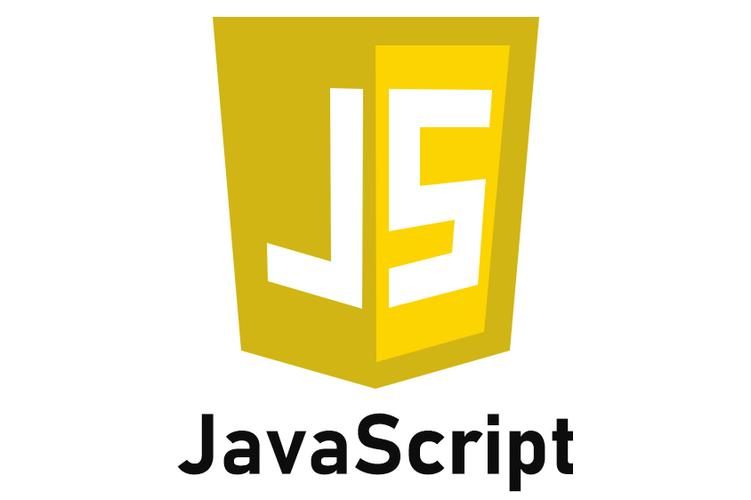JavaScriptFetchAPI发送请求详细攻略
时间:2025-05-24 23:00:37 287浏览 收藏
JavaScript中的Fetch API是一种现代的、基于Promise的HTTP客户端,用于发送网络请求。本文详细介绍了如何使用Fetch API进行GET和POST请求,检查响应状态码,发送凭据,以及应用缓存策略。此外,还展示了如何通过async/await语法优化代码。无论是初学者还是经验丰富的开发者,掌握Fetch API都能大幅提升前端开发效率。
使用Fetch API发送请求的方法如下:1. 基本GET请求:fetch('URL').then(response => response.json()).then(data => console.log(data)).catch(error => console.error('Error:', error));2. POST请求示例:fetch('URL', {method: 'POST', headers: {'Content-Type': 'application/json'}, body: JSON.stringify({key: 'value'})}).then(response => response.json()).then(data => console.log(data)).catch(error => console.error('Error:', error));3. 检查响应状态码:fetch('URL').then(response => {if (!response.ok) {throw new Error('Network response was not ok');} return response.json();}).then(data => console.log(data)).catch(error => console.error('Error:', error));4. 发送凭据:fetch('URL', {credentials: 'include'}).then(response => response.json()).then(data => console.log(data)).catch(error => console.error('Error:', error));5. 使用缓存策略:fetch('URL', {headers: {'Cache-Control': 'max-age=3600'}}).then(response => response.json()).then(data => console.log(data)).catch(error => console.error('Error:', error));6. 使用async/await优化代码:async function fetchData() {try {const response = await fetch('URL'); if (!response.ok) {throw new Error('Network response was not ok');} const data = await response.json(); console.log(data);} catch (error) {console.error('Error:', error);}} fetchData();

你想知道JavaScript中如何使用Fetch API发送请求?简单来说,Fetch API是一个现代的、基于Promise的HTTP客户端,它允许你在JavaScript中发送网络请求。让我们深入探讨一下这个话题。
Fetch API是一个强大且灵活的工具,用于在JavaScript中进行网络请求。无论你是想获取数据、发送数据,还是处理复杂的API交互,Fetch都能帮你搞定。用它来替代传统的XMLHttpRequest对象,不仅代码更简洁,还能更好地处理异态情况。
我们先来看一个简单的Fetch请求示例,这样你就能直观地感受到它的用法:
fetch('https://api.example.com/data')
.then(response => response.json())
.then(data => console.log(data))
.catch(error => console.error('Error:', error));这个例子展示了如何使用Fetch API从一个URL获取JSON数据。简单吧?但Fetch API的魅力远不止于此。
当我第一次接触Fetch API时,我被它的简洁和强大的Promise支持所吸引。相比于老派的XMLHttpRequest,Fetch的语法更加现代化,并且更容易理解和维护。尤其是当你需要处理复杂的异步逻辑时,Promise链让你可以清晰地看到数据流向。
如果你需要发送POST请求,或者需要传递一些数据给服务器,Fetch API同样游刃有余。来看一个发送POST请求的例子:
fetch('https://api.example.com/data', {
method: 'POST',
headers: {
'Content-Type': 'application/json',
},
body: JSON.stringify({ key: 'value' }),
})
.then(response => response.json())
.then(data => console.log(data))
.catch(error => console.error('Error:', error));在这个例子中,我们不仅指定了请求方法为POST,还设置了请求头和请求体。这让我想起了我曾经在一个项目中使用Fetch API发送复杂的数据结构给后端服务器的经历。通过JSON.stringify,我们可以轻松地将JavaScript对象转换为JSON格式的数据,这在处理API请求时非常方便。
然而,使用Fetch API时也有一些需要注意的地方。比如,Fetch API不会像XMLHttpRequest那样抛出网络错误。你需要手动检查响应状态码来确定请求是否成功:
fetch('https://api.example.com/data')
.then(response => {
if (!response.ok) {
throw new Error('Network response was not ok');
}
return response.json();
})
.then(data => console.log(data))
.catch(error => console.error('Error:', error));我曾在一个项目中因为忽略了这个细节,导致一些网络错误没有被正确处理,花了不少时间调试。记住这一点,可以帮助你避免类似的陷阱。
另一个需要注意的是,Fetch API的默认行为是不会发送凭据(如cookies)。如果你需要在请求中包含凭据,可以设置credentials选项:
fetch('https://api.example.com/data', {
credentials: 'include'
})
.then(response => response.json())
.then(data => console.log(data))
.catch(error => console.error('Error:', error));这个选项在处理跨域请求时特别有用。我记得有一次在开发一个需要跨域认证的应用时,这个选项帮了我大忙。
最后,关于性能优化和最佳实践,我有一些建议。首先,Fetch API本身已经很高效,但你可以通过缓存策略来进一步优化。例如,使用Cache-Control和ETag头来实现缓存:
fetch('https://api.example.com/data', {
headers: {
'Cache-Control': 'max-age=3600'
}
})
.then(response => response.json())
.then(data => console.log(data))
.catch(error => console.error('Error:', error));此外,考虑到Fetch API是基于Promise的,你可以使用async/await语法来让代码更加可读和易于维护:
async function fetchData() {
try {
const response = await fetch('https://api.example.com/data');
if (!response.ok) {
throw new Error('Network response was not ok');
}
const data = await response.json();
console.log(data);
} catch (error) {
console.error('Error:', error);
}
}
fetchData();使用async/await让我在处理复杂的异步逻辑时,代码结构更加清晰,减少了回调地狱的风险。
总的来说,Fetch API不仅简化了JavaScript中的网络请求,还提供了强大的功能和灵活性。无论你是初学者还是经验丰富的开发者,掌握Fetch API都能让你在前端开发中如虎添翼。
以上就是本文的全部内容了,是否有顺利帮助你解决问题?若是能给你带来学习上的帮助,请大家多多支持golang学习网!更多关于文章的相关知识,也可关注golang学习网公众号。
-
502 收藏
-
501 收藏
-
501 收藏
-
501 收藏
-
501 收藏
-
248 收藏
-
157 收藏
-
127 收藏
-
371 收藏
-
165 收藏
-
301 收藏
-
439 收藏
-
172 收藏
-
115 收藏
-
156 收藏
-
444 收藏
-
338 收藏
-

- 前端进阶之JavaScript设计模式
- 设计模式是开发人员在软件开发过程中面临一般问题时的解决方案,代表了最佳的实践。本课程的主打内容包括JS常见设计模式以及具体应用场景,打造一站式知识长龙服务,适合有JS基础的同学学习。
- 立即学习 543次学习
-

- GO语言核心编程课程
- 本课程采用真实案例,全面具体可落地,从理论到实践,一步一步将GO核心编程技术、编程思想、底层实现融会贯通,使学习者贴近时代脉搏,做IT互联网时代的弄潮儿。
- 立即学习 516次学习
-

- 简单聊聊mysql8与网络通信
- 如有问题加微信:Le-studyg;在课程中,我们将首先介绍MySQL8的新特性,包括性能优化、安全增强、新数据类型等,帮助学生快速熟悉MySQL8的最新功能。接着,我们将深入解析MySQL的网络通信机制,包括协议、连接管理、数据传输等,让
- 立即学习 500次学习
-

- JavaScript正则表达式基础与实战
- 在任何一门编程语言中,正则表达式,都是一项重要的知识,它提供了高效的字符串匹配与捕获机制,可以极大的简化程序设计。
- 立即学习 487次学习
-

- 从零制作响应式网站—Grid布局
- 本系列教程将展示从零制作一个假想的网络科技公司官网,分为导航,轮播,关于我们,成功案例,服务流程,团队介绍,数据部分,公司动态,底部信息等内容区块。网站整体采用CSSGrid布局,支持响应式,有流畅过渡和展现动画。
- 立即学习 485次学习
